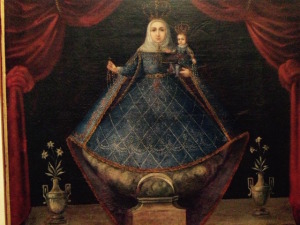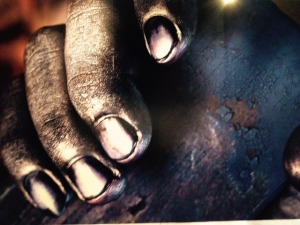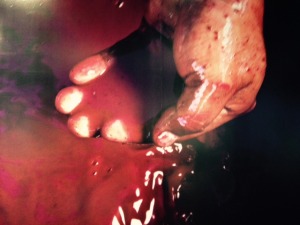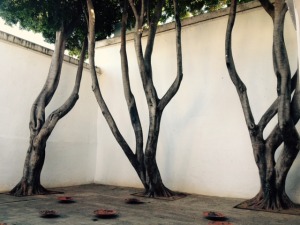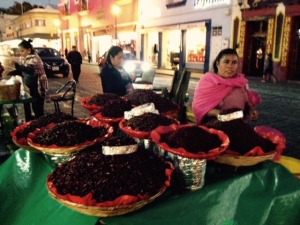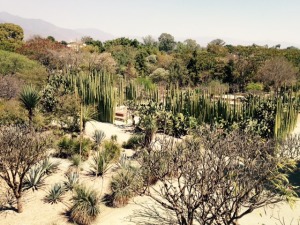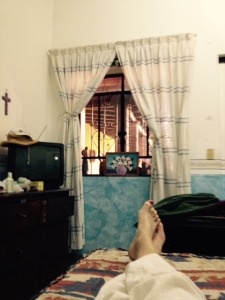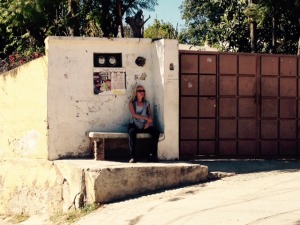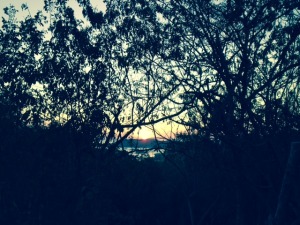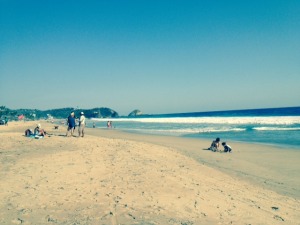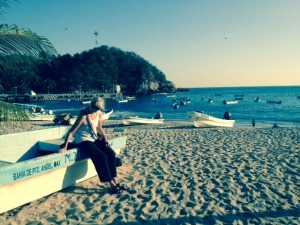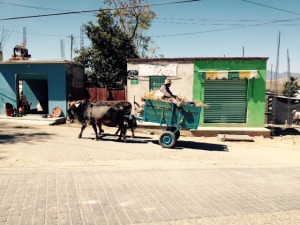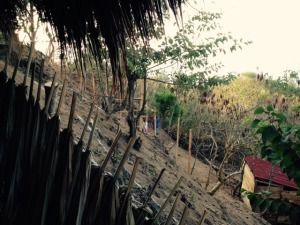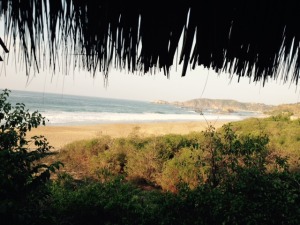The first stop on my recent trip to Mexico was Oaxaca which I remembered from 40 years ago as a charming, colorful, vibrant town. Would I recognize the zocalo and the large mercado where we had sopa de ajo, chipulines (grasshoppers) and less identifiable foods? The zocalo has turned into a big shopping area for tourists, the mercado still offers whatever your tongue might desire, big heaps of spicy chipulines are sold like potatoes in Germany. 40 years ago we stayed in an adobe house close to the mercado, now I would recommend to leave the area by sunset and don’t wear any jewelery when strolling around there – my small golden rings were ripped off my ears from behind. The handbag with passport and wallet still over my shoulder I saw the young guy run across the street and disappear in the crowd. It could have been much worse. Popular neighborhoods for tourists have moved toward Santo Domingo, adjacent to Oaxaca’s huge cultural museum and beautiful Mexican gardens. Also worth a visit is the textile museum with samples of fabric dyed in rich colors and crafted into clothes that I would love to wear if I were born in that part of the world. Restaurants and shops off M. Alcalá are tugged away in courtyards with water fountains, exotic flowers and birds in beautiful colors. They offer Oaxacan specialities and handmade designer clothes, all very tasteful and artsy. Your next vacation to Mexico should include an art class in Oaxaca, or even better, a cooking class to learn all about the different moles, not just the brown one with chocolate from Oaxaca but red ones, black, green, orange and yellow moles, the colors of Mexico.
Sleeping under a mosquito net was desirable in our cabaña close to the beach of Zipolete. I don’t mind bats at night high up under the ceiling but the palm roof over my head was not that high, I could reach it if I stretched out standing on my bed, and the tarantula that watched me through the netting might have come closer if it had had an opportunity. I was glad that only tiny spiders and ants could make their way into my skin. The temperature at the beach was 20 degrees higher than in the city of Oaxaca and once we had survived 6 hrs of curvy bus ride to Pochutla without getting sick, life in paradise could begin. 40 years ago the trip over the mountains took 12hrs, to Puerto Angel, the final stop where we arrived at midnight. Looking for a place to sleep in the pitch dark we stepped on pigs lying in the dirt road and ended up in the back yard of a family whose young son was most interested in my husband’s mickey mouse wrist watch. My husband didn’t want to part with it but when we put up our hamaca under a palm roof on the beach of Zipolete the next day the watch was gone. My compliments to the poor kids for stealing so professionally then and now. Now Puerto Angel and Zipolete can best be reached by a taxi collectivo via Mesunte, a long trip but less mountains to cross. Puerto Angel is still a small fishing village now with a concrete road and no pigs in the street, Zipolete however has changed drastically. Instead of hamacas on the beach hotels have popped up all along the water and across the street on steep hills. Where are the hot springs we visited 40 years ago with a bunch of hippies? Nobody could tell us. A university with fabulous views has been built on the highest hill above Puerto Angel, perhaps that’s where the hot springs now terminate. Life in our cabaña at the beach of San Agustinello consisted of bathing in the morning, eating tons of fresh fruit, fish and tortillas, drinking coconut milk sometimes spiced with tequila, lying in a hamaca reading all afternoon, watching the sunset and doing yoga. Yoga classes and workshops are offered everywhere between Puerto Angel and Puerto Escondido, mostly for expats, rarely do Mexicans participate. After a while you get into the swing – no need for wifi, movies, TV, theater, just sun, food, yogis and books. I discovered Penelope Fitzgerald’s THE BLUE FLOWER, a fascinating portrait of the time and life of Novalis, Germany’s quintessential romantic writer. I didn’t see any films but can highly recommend my daughter Milena’s short I FEEL STUPID now available online after it toured through the US on PBS. Check it out http://nobudge.com/main/2015/

